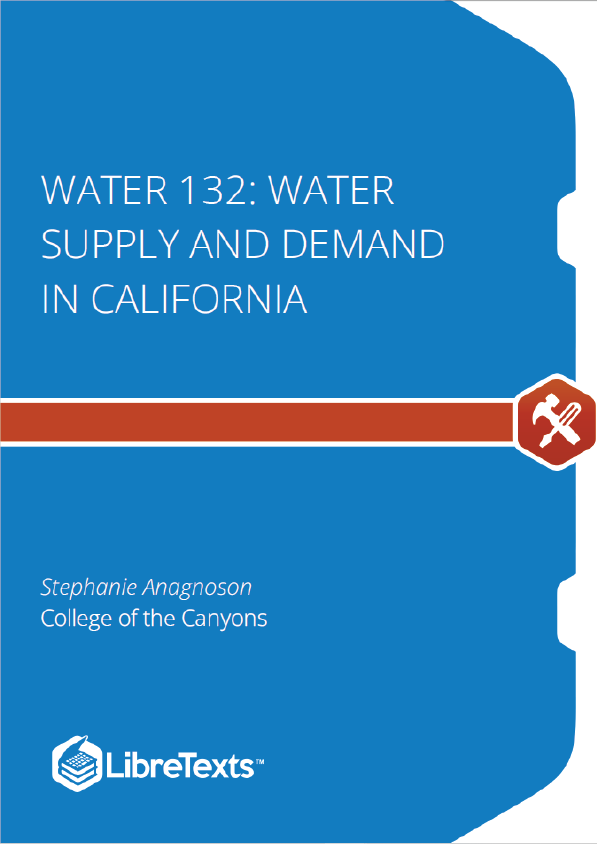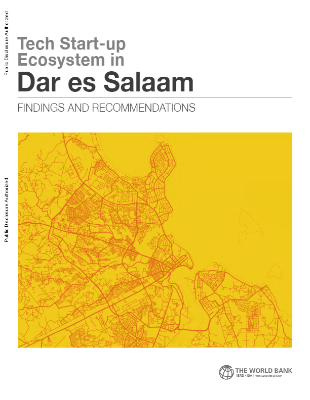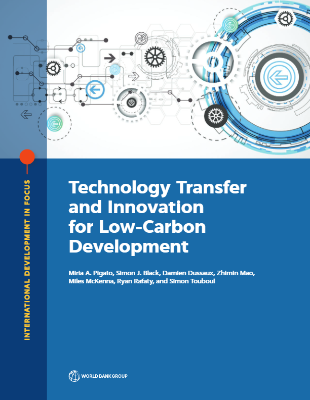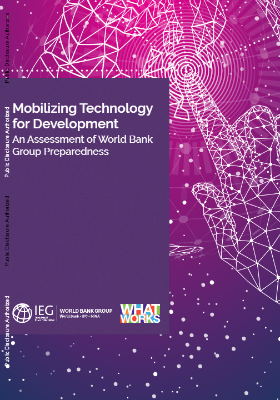This text examines the sources of drinking water supplies, with special emphasis on water in California. Explores the uses of water, including residential, commercial/industrial/institutional, and landscaping demands. It also examines the roles and methods of conservation on water demand management.
Water All Around Us
In Part One of this text, we’ll explore the basics of water supply and demand. We’ll review the water cycle, explore basic concepts in water management, introduce surface water and groundwater rights, and then introduce the ideas of stakeholders in water projects. Part One is divided into these four sections:
- The Water Cycle
- Water Management Concepts
- Water Rights
- Stakeholder Concepts
For many of you, the Water Cycle will not be a new concept. But now you will need to frame it differently. Rather than considering it as a scientific concept, you’ll have to see the interface between science and society and between supply and demand.
Water management concepts will take the water cycle further as you learn how different sources of groundwater and surface water supplies are identified and used both separately and together. There are benefits and drawbacks to each type of source of water.
Water rights are important to all aspects of the water supply. While we can’t make you an attorney, you’ll understand the basic types of water rights in California by the end of this section.
And lastly, in Part One, you’ll finish with an examination of typical stakeholders in different water issues. Stakeholders aren’t just a concept from business theory. They are critical to how we get things done in the water industry. You’ll look at a few real-life examples of the consequences of working with (or neglecting) stakeholders in the water industry.
You’ve probably heard on the news the statewide water supply in California described in terms of snowpack and rainfall. These are critical measures of how much water is available for human use. Water managers in California follow both snowpack measurements and rainfall measurements closely. In the diagram above from the United States Geological Survey (USGS), you can see that precipitation is shown as rainfall and snow.
Precipitation also includes something you don’t see too often in California: hail and sleet. All forms of water that fall from the sky, including rain, snow, hail and sleet, are forms of precipitation. Rainfall can provide much needed water in the ground by the process of infiltration, the process by which water seeps into the ground and eventually recharges our groundwater, water stored in the ground. Using the diagram above, you can also trace the flow of groundwater in some cases to both rivers, lakes, and even to the ocean.
Above ground, rainfall can also be stored on earth’s surface in lakes. Precipitation in California also provides snow for snowpack, which can be our largest area of storage of water in the winter. In fact, it is common for water managers to view the snowpack in the Sierra as a reservoir; it is simply a seasonal reservoir that melts in the spring. Snowmelt runoff from the snowpack can fill streams and lakes. Runoff from rainfall is also captured in streams and lakes and can serve to recharge aquifers through percolation and infiltration.
The diagram also shows the key process of evaporation, or the process through which liquid water turns into a gas. Evaporation occurs over bodies of water like the ocean or lakes, but also over the land. If you own a home with a pool, you have probably noticed that if you leave the pool without a cover in the summer, you have to add water more often in the summer than in the winter. This is because the rate of evaporation is higher in the summer than the winter, often dramatically so.











